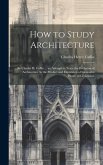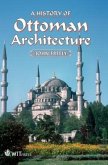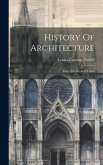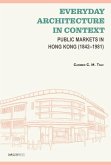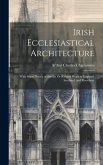It is widely accepted that documents on Ottoman architects are rare and that little is known about the architectural practice in the Ottoman world. A group of texts that have appeared between sixteenth and eighteenth centuries, however, form an exception to this general assumption. While these texts have been cited and referred to in diverse previous studies on Ottoman architecture, they have not been the topic of a major interpretative approach before. A Study of Ottoman Narratives on Architecture: Text, Context and Hermeneutics is the first interpretive and comparative research monograph to feature these texts as its main theme. This is the first translation of these works that contextualizes and interprets their importance in English. The first text is a group of five documents that date back to the sixteenth century. They comprise memoirs and building lists written in prose and verse which belonged to prominent Ottoman architect Sinan. The second text was written under the influence of the first group of documents and is in a similar format. It comprises a memoir dedicated to Sedefkar Mehmed Aga, who worked as the chief imperial architect in the seventeenth century, and also provides information on architectural terms and makes comparisons between architecture and music. The third text is different from the first two: it is a monograph about the Selimiye Mosque written in prose in the eighteenth century by Dayezade Mustafa, who was a complete outsider to architecture. While the three texts have quite different historical and thematic contexts their point in common is their rendering of architecture through narratives. From a hermeneutical perspective, the book compares narratives of the texts with contemporary historiography on Ottoman architecture. History and Ideas Series,No.3
Hinweis: Dieser Artikel kann nur an eine deutsche Lieferadresse ausgeliefert werden.
Hinweis: Dieser Artikel kann nur an eine deutsche Lieferadresse ausgeliefert werden.



